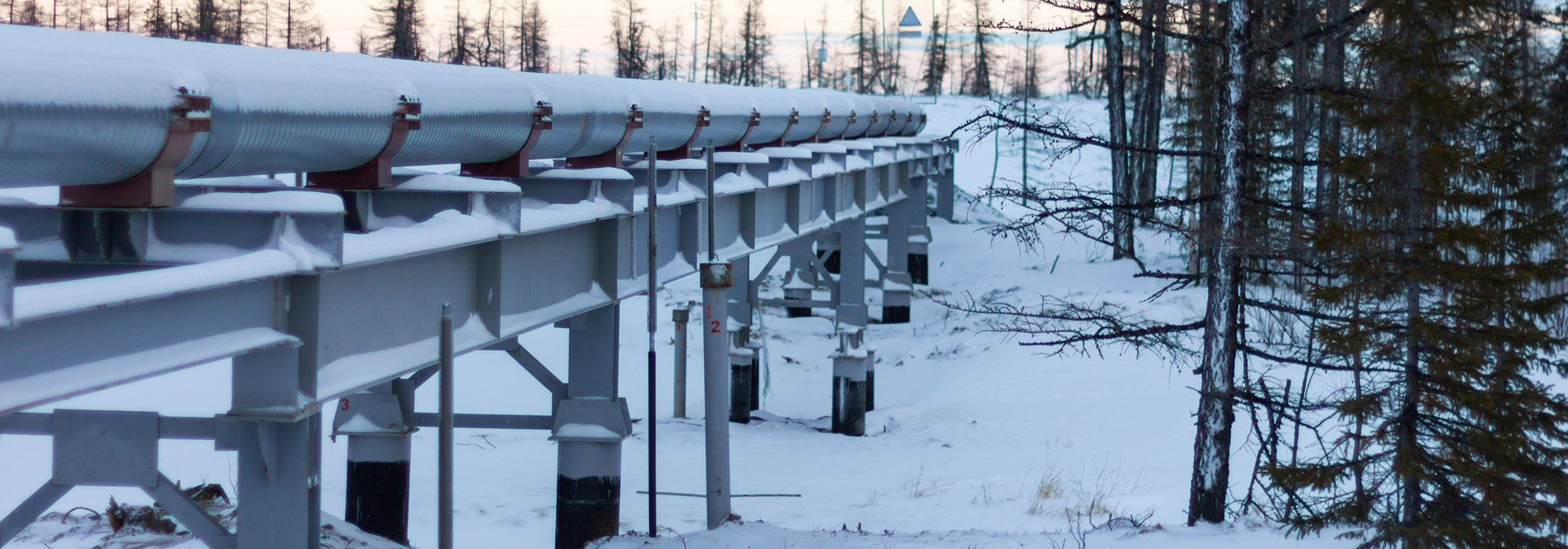
Prime Minister Trudeau’s decision to approve Kinder Morgan’s Trans Mountain pipeline expansion project is really gutsy. In one fell swoop the Prime Minister has removed any doubt that his government means what it says about getting Canada’s natural resources to markets, while throwing its full weight behind the climate leadership plan of Alberta Premier Rachel Notley’s government, which addresses the province’s pressing need to get oil sands bitumen to tidewater. Trudeau has wisely chosen pipelines over railways as the more environmentally responsible way to transport oil sands bitumen. He has also put “meat on the bones” of his rhetoric of balancing the environment with the economy. The Kinder Morgan decision was taken, while simultaneously rejecting Enbridge’s Northern Gateway pipeline in order to protect the Great Bear Rainforest. He also imposed a moratorium on oil tanker traffic on the north BC coast, while also approving Enbridge’s replacement project for its existing Line 3 pipeline running from Alberta to Wisconsin.
It’s a courageous decision because the Prime Minister immediately will pay a political price for it and he’ll have to expend a great deal more political capital before the Kinder Morgan project gets built. At the same time, it seems an adroit political calculation, because by joining forces with the only elected NDP government in Canada, he leaves the federal and BC wings of the NDP at odds with Premier Notley. On the other opposition benches, the federal Conservatives weakly whine that all pipeline options should be “left on the table,” while musing that the Kinder Morgan project will never be built.
The Trudeau government clearly knows that it will now face fierce opposition to its approval of Kinder Morgan — particularly from municipalities, First Nations and environmentalists in the BC Lower Mainland. Green Party Leader Elizabeth May has declared she will go to jail if necessary to oppose the project.
There are certainly potential environmental threats posed by the Kinder Morgan project, including heavy oil spills on the shoreline of Vancouver, one of the world’s most beautiful cities; associated public health hazards to the Lower Mainland populace; and threats to rare killer whale pods in the shipping channels. Many environmentalists will accuse the Trudeau government of hypocrisy in protecting one part of the BC coast while threatening another treasured part of it, and of claiming to protect the Great Bear Rainforest while exposing the nationally significant salmon watersheds of the Thompson and Fraser Rivers, as well as Jasper National Park (part of the Canadian Rocky Mountain Parks World Heritage site), to increasing risks of heavy oil spills.
What are the strategic calculations in these circumstances? Perhaps both Alberta and Canada believe that by providing a clear signal that governments support Canada’s fossil fuel industry in the transition to a renewable energy future, they will lever greater industry investments in upgraded oil sands bitumen, reducing or eliminating environmentally hazardous diluted bitumen in pipeline transport. This upgrading would add significant value to the product in international markets and mitigate the impacts of heavy oil spills on the high seas or along ecologically sensitive transmountain rivers.
Furthermore, since the oil sands product is destined for China, perhaps Chinese capital might be attracted to help finance the expensive bitumen upgraders required in Alberta to produce a cleaner product. China could claim GHG emissions reduction credits under the Paris climate change agreement. A less speculative calculation might be that if opposition to the Kinder Morgan project proves insurmountable, the Trudeau government has now firmly positioned itself with the Alberta government to support pipelines and environmentally responsible development of the oil sands while putting a price on carbon, capping bitumen production and eliminating GHG emissions from coal by 2030. Meanwhile, TransCanada Corporation’s Keystone XL and Energy East pipeline projects remain in the wings for further government support, should Kinder Morgan falter.
Trudeau’s decisiveness has demonstrated national leadership on a complex environmental and economic issue, akin to Sir John A. Macdonald’s championing of the CPR. It will inevitably exact a real political cost, but if the file is skillfully managed in the context of substantive climate change mitigation policies, positive engagement of First Nations and sound environmental protection measures, Trudeau may have just cemented his legacy in Canadian nation building for the 21st century.
Photo: strannik72/Shutterstock.com
Do you have something to say about the article you just read? Be part of the Policy Options discussion, and send in your own submission. Here is a link on how to do it. | Souhaitez-vous réagir à cet article ? Joignez-vous aux débats d’Options politiques et soumettez-nous votre texte en suivant ces directives.






